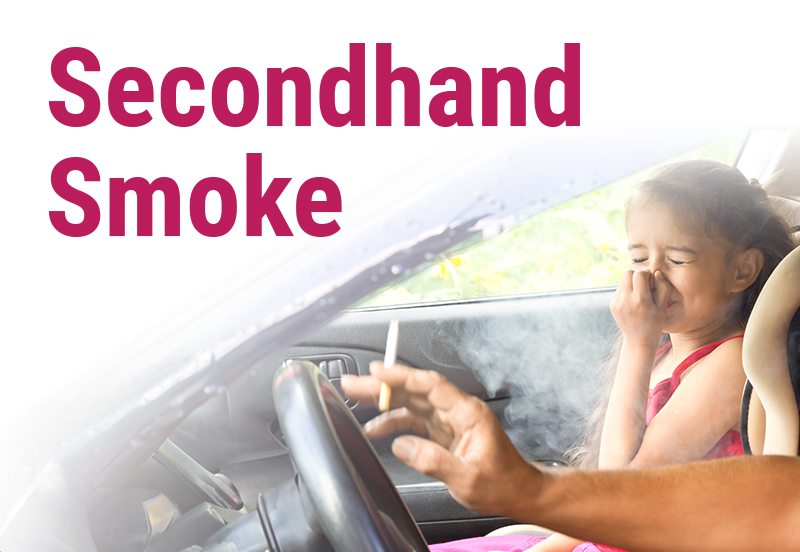

Secondhand smoke, also called environmental tobacco smoke, is a combination of smoke from the burning end of a cigarette and the smoke exhaled by smokers. Exposure to secondhand smoke occurs when a tobacco product is smoked in an enclosed area or around another individual.
Secondhand smoke contains more than 7,000 chemicals, and at least 70 of them are known to cause cancer.
In adults who have never smoked, secondhand smoke can cause heart disease, lung cancer and strokes. Secondhand smoke causes nearly 34,000 premature deaths from heart disease and more than 7,300 lung cancer deaths each year in the United States.
People with chronic conditions are more likely than healthy people to suffer when exposed to secondhand smoke. Secondhand smoke can aggravate allergies, asthma symptoms, and cause other respiratory and lung conditions.
People spend the majority of their time at home and work. The Nevada Clean Indoor Air Act has reduced the exposure many Nevadans are subject to in the workplace, but there are still many people working in casinos and other exempt locations that suffer daily exposure to secondhand smoke.
For any environment, the level of harm from exposure depends on total time spent in the environment and the amount of smoke in that air space. Smoke-free workplace laws and voluntary smoke-free home pledges help to reduce the health risks of secondhand smoke.
Secondhand smoke is especially dangerous to children because their lungs are still developing. Studies show that older children whose parents smoke get sick more often and have poorer lung function than children who are not exposed.
In children, secondhand smoke causes the following:
If you are a child care provider, learning to recognize, reduce, or eliminate potential asthma triggers in your center could make a huge difference in the life of a child with asthma and other respiratory conditions. Download the Asthma & Common Triggers fact sheet to learn more.
The Nevada Clean Indoor Air Act requires all child care facilities with five or more children to be smoke-free. If you are a child care provider with less than five children, consider the following tips for making your child care facility tobacco-free:
Request FREE no smoking/vaping signage via our online store or call (702) 759-1270 for additional assistance



Cannabis use has increased with state legalization. Cannabis consumers should be aware that cannabis secondhand smoke is just as dangerous as tobacco secondhand smoke.
Cannabis secondhand smoke:
E-cigarette (vape) use has increased in popularity. E-cigarette (vape) consumers should be aware that e-cigarette secondhand smoke is just as dangerous as tobacco secondhand smoke.
E-cigarette (vape) secondhand smoke:
